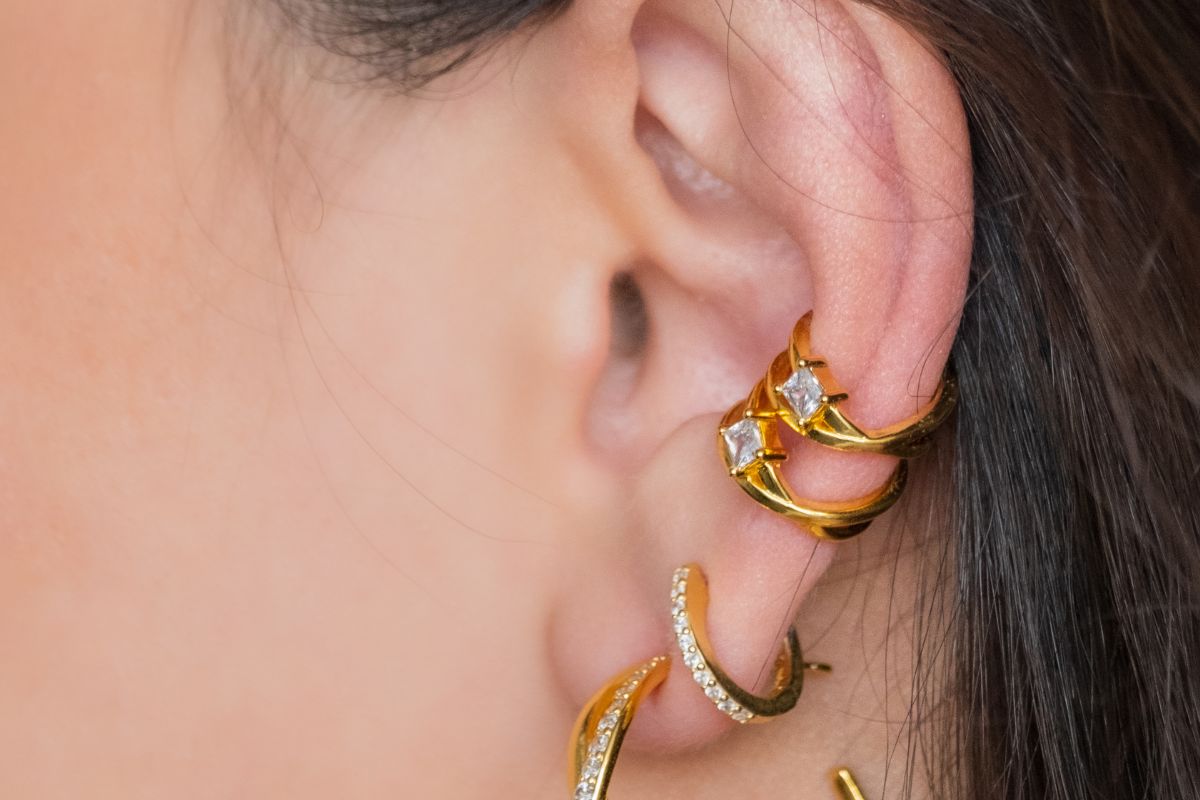Ear stretching has become a popular way of personal expression, offering a unique and stylish look. Choosing an earlobe stretching kit is often the first step for beginners, but it is important to know what to look out for to ensure the process is safe and comfortable. Rushing in without preparation can lead to irritation, infections, or permanent damage to your ears.
Understanding the Basics
Before buying any kit, it helps to understand what earlobe stretching involves. It is the gradual process of enlarging the piercing hole in your earlobe by inserting slightly bigger jewellery over time. This slow method prevents tears and helps the tissue heal properly. Stretching is not a quick procedure, and investing in the correct kit makes all the difference to the final results.
Quality of Materials
One of the most important factors when choosing a stretching kit is the material. Surgical steel, titanium, or glass are considered the safest, as they are non-porous and reduce the risk of irritation. Cheaper acrylic or silicone tapers may be tempting, but they can cause reactions or harbour bacteria. Always prioritise high-quality, skin-friendly materials, especially for the early stages when your earlobes are most sensitive.
Kit Contents
A good earlobe stretching kit should contain a range of sizes to allow gradual progress. Most kits include tapers and plugs, starting from small gauges and increasing in size. The increments should be small enough to avoid overstretching, as skipping sizes often leads to tearing and scarring. Look for kits that provide both the taper to guide the stretch and the plug to wear afterwards.
Size Progression
Safe stretching depends on patience. A responsible kit should not encourage fast progress or include oversized jewellery as a starting point. If the first taper is too big for your current piercing, it will cause trauma to the tissue. The recommended practice is to wait at least four to six weeks between size increases. Buying a kit that supports this gradual timeline helps you avoid unnecessary pain and complications.
Aftercare Considerations
Even with the right tools, stretching requires good aftercare. Before purchasing, check whether the kit includes advice or accessories for cleaning. Saline solutions or gentle cleansing sprays are often recommended to keep the area free from bacteria. If aftercare instructions are missing, make sure you are prepared to research and follow proper cleaning routines yourself.
Mistakes to Avoid
Many beginners make the mistake of stretching too quickly. Skipping sizes, forcing jewellery in, or ignoring pain can lead to blowouts – a painful condition where the inside of the piercing is pushed outwards. Another common error is using low-quality materials that irritate the skin. Avoid silicone plugs for fresh stretches, as they can trap bacteria and lead to infection. Also, do not attempt stretching with unclean hands or tools, as hygiene is critical to the healing process.
Listening to Your Body
Pain, swelling, or discharge are signs that your ears need a break. A good kit does not replace the need to pay attention to your body. If discomfort continues, it is best to downsize and let the tissue heal. Patience and caution will help you achieve healthy, even stretches without permanent damage.
Choosing Wisely
Ultimately, the right earlobe stretching kit should make the journey safer and more controlled. Look for reliable materials, a variety of gradual sizes, and clear instructions. Investing in a proper kit reduces the risk of long-term problems and ensures the experience remains enjoyable.
Final Thoughts
Earlobe stretching is a commitment, and the kit you choose plays a central role in the outcome. By focusing on quality, safety, and patience, you can avoid common mistakes and enjoy a smooth stretching journey. A carefully chosen kit not only supports healthy growth but also helps preserve the look and integrity of your ears for the long term.





